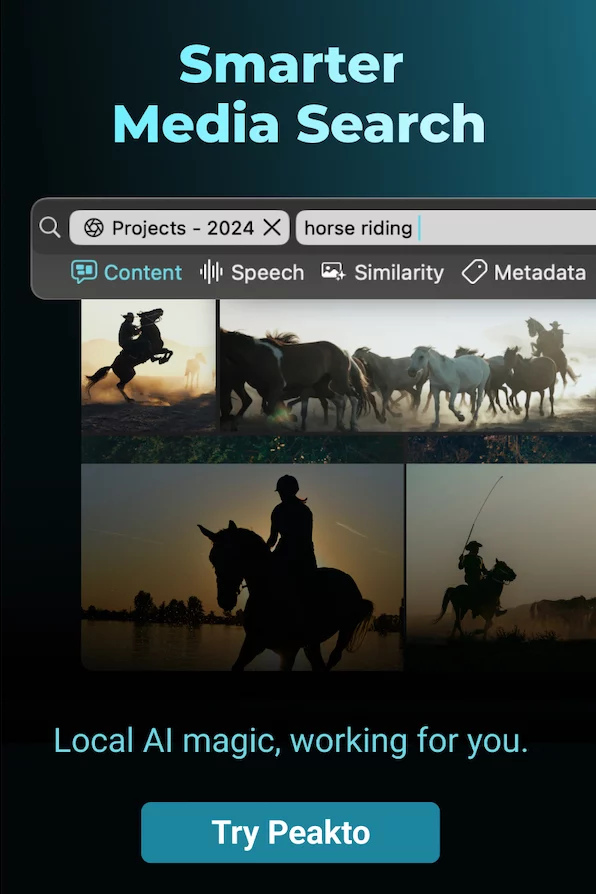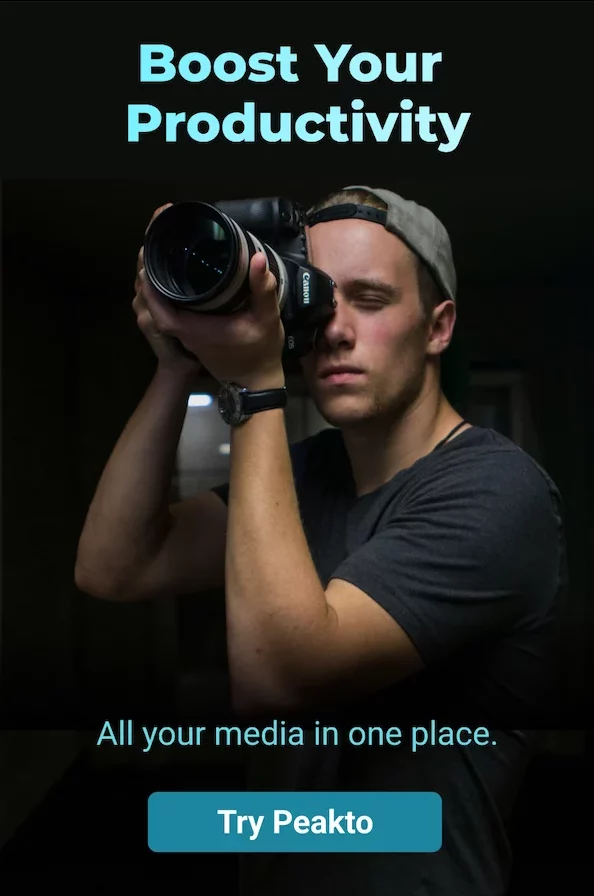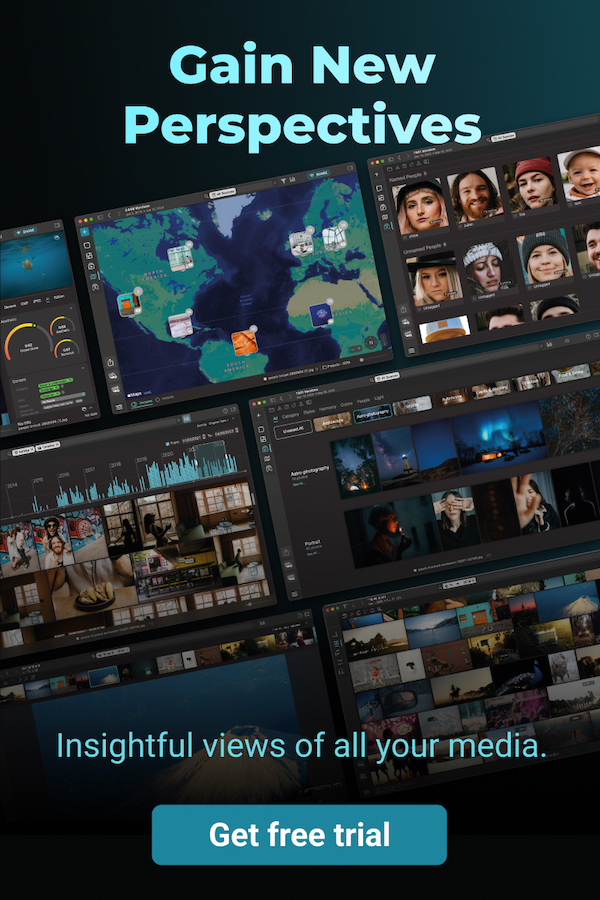Every photographer I know, whether they shoot for clients or for the love of the craft, eventually hits the same wall: a mountain of digital images that grows by the hour. With smartphones, drones, mirrorless cameras, and action cams all producing high-res content, organizing this flood of photos isn’t just a nice-to-have—it’s essential. From missed shots to duplicate edits, disorganization kills creativity and eats into precious time. That’s where a solid photo management software steps in.
Why Choosing the Right Photo Management Software Matters

What is Photo Management Software (PMS) and Media Asset Management (MAM)?
Photo Management Software (PMS), sometimes referred to as photo cataloging software or photo archiving tools, is designed to help us organize, sort, find, and protect our visual content. When you scale that need to include video, multi-format support, advanced search, and collaboration across teams, you’re entering the world of Media Asset Management (MAM). They go far beyond simple filing—they help photographers and creatives make sense of thousands (or millions) of assets across platforms.
What Are the General Benefits of Good Photo Management Tools?
The benefits are immediate: faster access to files, better protection from data loss, smarter search using tags and metadata, and a smoother creative workflow. With tools like visual similarity search, face recognition, and version tracking, a good image organizer or digital photo manager can be the backbone of a creative career.
Important Aspects to Evaluate Before Selecting Your Solution
Compatibility & Device Support
Not every software works everywhere. Some tools are Mac-only while some like FastStone Image Viewer is Windows-only. So,before committing, I always check if it runs on my devices. It’s essential to choose a system that integrates with your current setup without requiring a full overhaul.
File Format Support
Working with mixed media? Make sure your software can handle it all. I often shoot in RAW, work with PSD files, and manage video clips. Tools like Peakto, digiKam, Adobe Bridge, and others support a wide range of formats. The ability to read from various sources without duplicating files can also be a huge time-saver.
Tagging, Rating and Metadata Handling
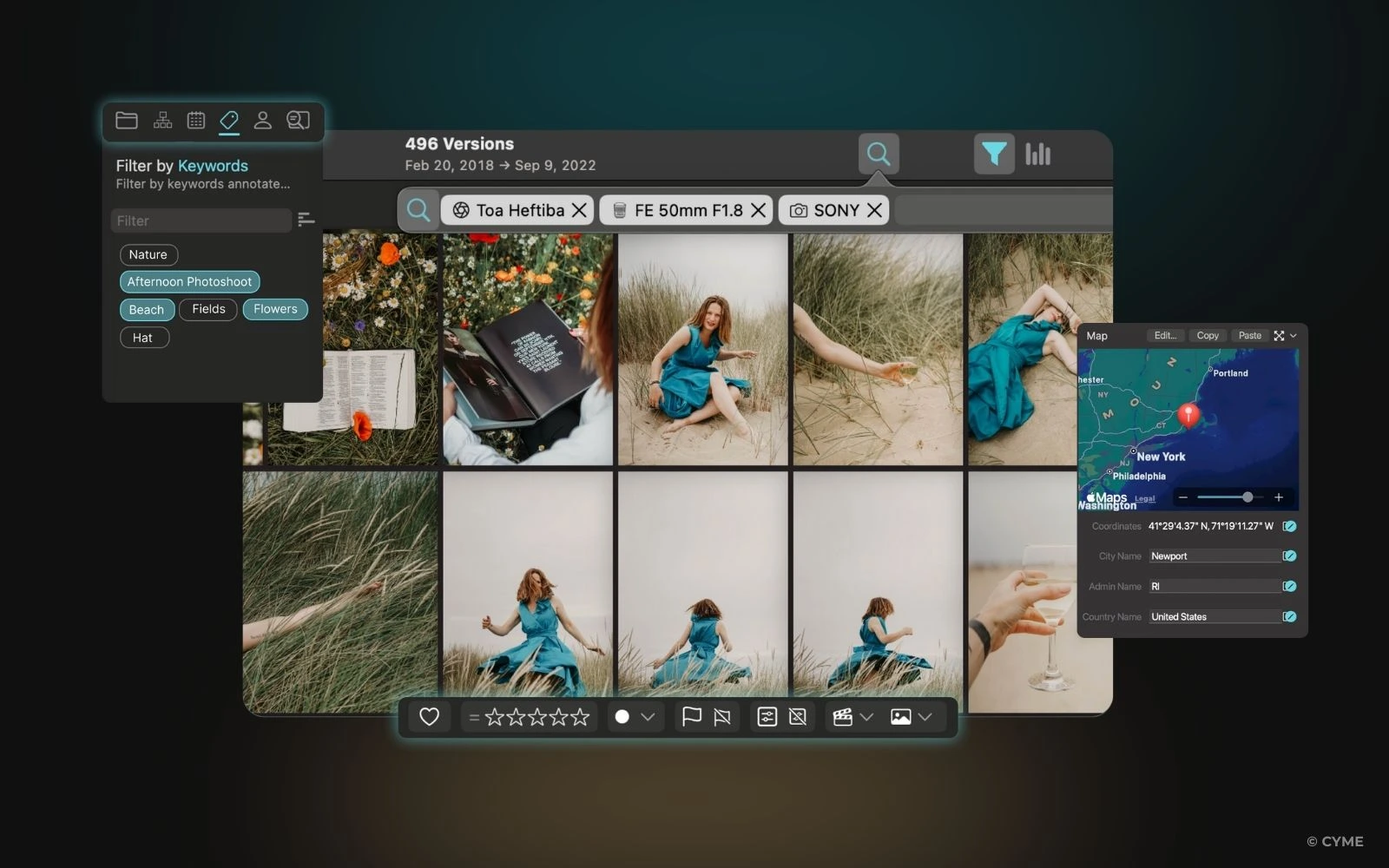
Metadata is the backbone of a good organization. I look for smart tagging, rating, geotagging support, and custom metadata fields. A strong photo library manager will let me create searchable archives based on detailed metadata, and unify information in a single dashboard.
Local Storage vs. Cloud Storage
Cloud-based image management software is great for remote access and backup, but local software usually offers better performance for RAW files and large libraries, not to mention privacy. Some modern tools combine both cloud-based and local photo management software options, offering greater flexibility to suit your workflow.
Facial Recognition and AI Auto-Tagging
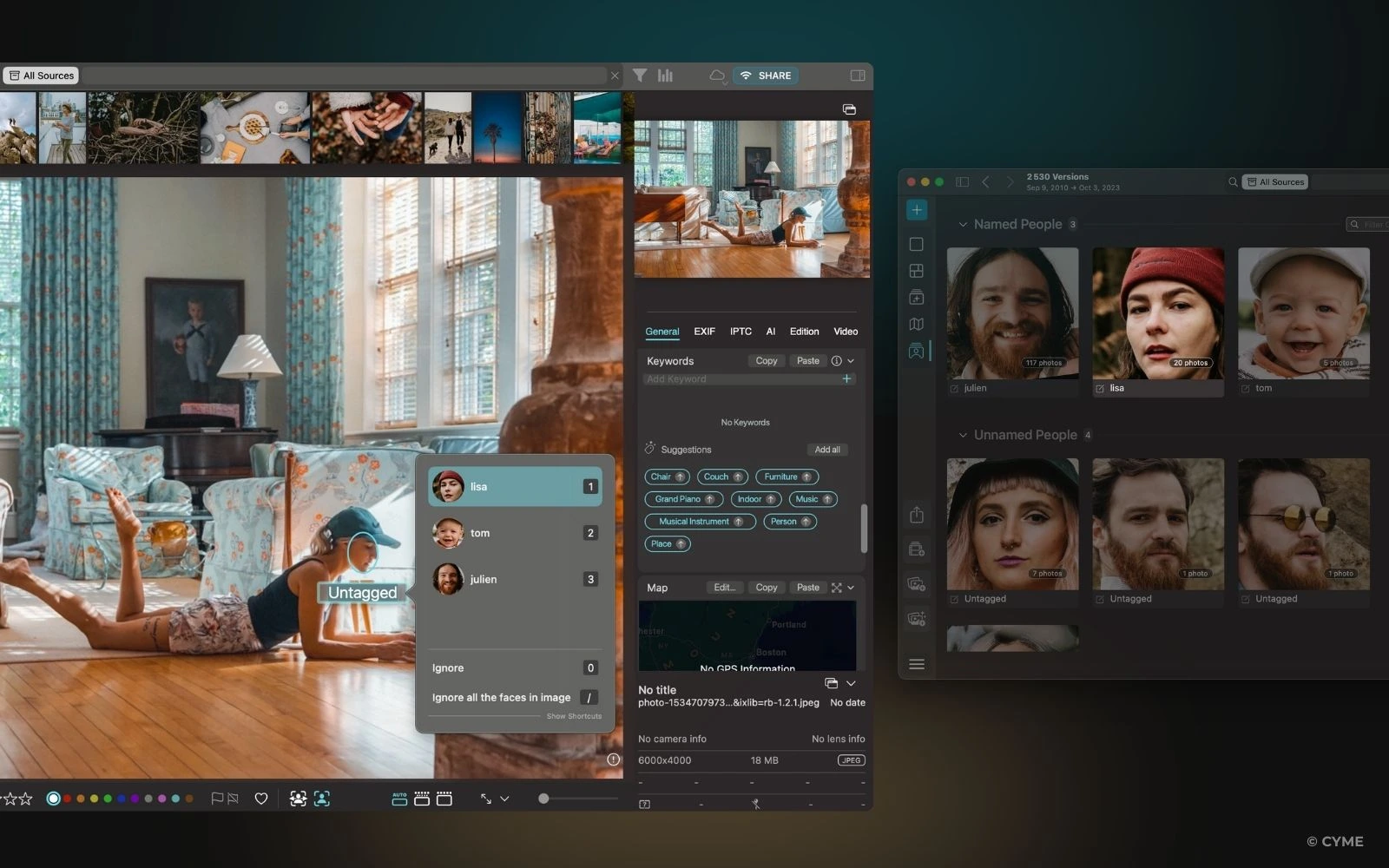
This one is a game-changer. AI-driven features like face clustering and auto-tagging reduce manual effort drastically. Some tools allow annotation across multiple sources from a single interface, which can be a major time-saver if you manage portraits or group photos frequently.
Editing and Version Control Features
For photographers juggling edits across platforms, version control is essential. Some tools, like Lightroom and Capture One, do this internally. Others display versions from different software in one place, so you don’t have to remember where each edit was made.
Budget – Free, Open-Source, or Paid Options
There’s a wide range to explore when it comes to free vs paid photo management software. Some tools are sufficient for basic needs, especially free options that cater to simple organization. However, premium solutions often provide time-saving AI and cross-platform capabilities that justify their price, offering more robust features and flexibility for professional photographers.
Can photo management software help eliminate duplicate photos and save storage space?
How important is metadata and tagging in organizing large photo libraries?
Can photo management software help with photo editing?
Professional Use Cases – Choosing Photo Management Software Based on Your Job
Professional Photographers

As a professional photographer, managing my photos is about so much more than just editing—it’s about keeping everything organized and accessible. With thousands of files spread across multiple catalogs and editing tools, I need powerful photo management software that can keep up.
Key features like robust RAW file handling, advanced metadata support, facial recognition, and version tracking are essential. But above all, I need a way to unify scattered content without creating duplicates. These capabilities are not just nice to have—they’re critical for my juggling multiple projects and working within complex software ecosystems.
Suitable software:
- Adobe Lightroom Classic – Offers dependable cataloging with basic face recognition and solid metadata handling. These features make it ideal for photographers who want a familiar, structured system to track and retrieve their work efficiently.
- Capture One – Provides excellent RAW support and catalog structure, suitable for those who value precision and control in managing large-scale libraries.
- Peakto – Brings together all the scattered catalogs into one unified hub, offering powerful AI-powered face recognition and version handling without creating duplicates.
Content Creators, Bloggers, or Social Media Managers
If you create visual content for campaigns or social platforms, your primary needs revolve around speed, flexibility, and centralized access. The ability to quickly locate images, organize them by theme or campaign, and reuse visuals across different platforms is essential.
Content creators often juggle media coming from various sources and need to maintain consistency across all channels. Easy-to-use interfaces, visual search, auto-tagging, and collaboration tools help teams work faster and smarter.
Suitable software:
- Google Photos – A user-friendly cloud-based platform with AI-driven search and simple sharing, perfect for lightweight and quick workflows.
- Tonfotos – Provides solid local organization and smart face clustering features, great for creators who prefer offline storage and streamlined categorization.
- Peakto – Enables users to build project-based collections, conduct visual similarity searches. Its collaborative capabilities allow multiple users to work within the same centralized database, making it an ideal solution for teams managing content campaigns together.
Videographers and Filmmakers

Mixed media projects need tools that can handle more than just photos. Videographers and filmmakers often work with a mix of formats, including video, audio, still images, and graphics. Their workflows demand a platform that not only supports these varied formats but also enables quick previewing, easy retrieval, accurate tagging, and collaboration. Having the ability to search within video content and organize media by project is crucial for teams working on complex productions or content-heavy campaigns.
Suitable software:
- Adobe Bridge – Performs well in handling mixed media assets and offers reliable video preview functionality. Its interface is straightforward, making it ideal for creators looking for a simple, integrated way to browse and manage large sets of content.
- DigiKam – Another strong contender with robust support for both image and video formats. It includes advanced tagging features and detailed metadata control, making it a good fit for professionals needing local media management with precise sorting capabilities.
- Peakto – It not only indexes and previews video content but also uses AI to transcribe dialogue, making it searchable by spoken words. It also supports grouping assets by project and allows several users to collaborate within the same centralized database.
Designers, Visual Artists, and Illustrators
Designers, visual artists, and illustrators often work with large, high-resolution image files and need a photo management system that supports their creative workflow. Their needs typically include support for diverse file types like PSD, TIFF, and AI, tools for version tracking, and the ability to organize visuals by theme or concept.
In creative industries, inspiration often sparks from past work or visual similarity, making visual search features especially valuable. Moreover, an efficient way to browse and organize large, mixed-format libraries without redundancy is essential to keep the creative flow smooth and uninterrupted.
Suitable software:
- Adobe Bridge – Supports large-format files such as PSD and AI and enables basic version tracking through structured naming conventions. This makes it ideal for artists who want quick and direct access to their folders with minimal complexity.
- DigiKam – Known for its strong metadata and tagging capabilities and supports an extensive range of formats, making it a solid choice for creatives who want to maintain structured, detailed archives.
- Peakto – Takes photo management a step further with its AI-powered visual similarity search, helping artists instantly find related images for creative brainstorming. It supports version tracking and brings content together from different sources, making it ideal for managing expansive, mixed-format design archives.
Families and Hobbyists
Even if you’re not a professional photographer, chances are you’ve collected thousands of meaningful photos over the years—birthdays, holidays, travels, and everyday moments. Managing this growing archive requires more than just storage. You need smart organization, with features like facial recognition, intuitive sorting, and the ability to gather scattered photos from different devices into one unified library.
Whether it’s sharing memories with loved ones, creating albums, or preserving your family’s visual legacy, the right photo management software makes all the difference.
Suitable software:
- Google Photos – Offers automatic face clustering, smart search, and easy sharing, making it ideal for families who want a simple and connected way to relive memories and keep everyone in sync.
- Apple Photos – excels in the Apple ecosystem, with seamless syncing across devices, built-in face recognition, and features like “Memories” that resurface past events—ideal for iPhone or Mac users seeking an integrated, personal gallery.
- Peakto – Designed for more comprehensive family archiving, brings together images from Apple Photos, Lightroom, and local folders into a unified library. It allows easy annotation, smart face recognition, and even supports photo inheritance.
Why Peakto Stands Out as Photo Management Software
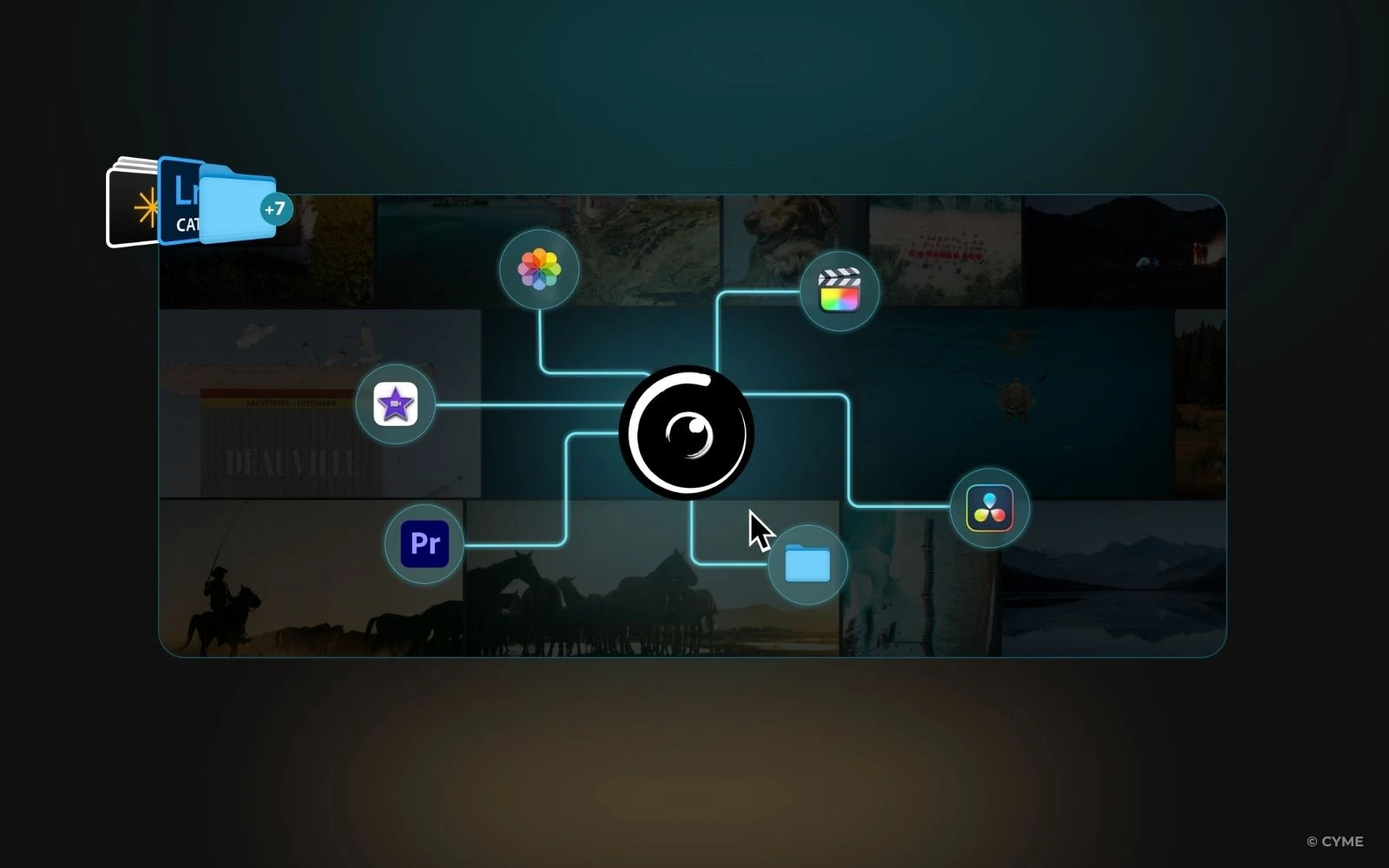
Across all the use cases we’ve explored—whether you’re a professional photographer, a content creator, a videographer, a designer, or simply someone who cherishes family memories—Peakto consistently proves to be a standout photo management solution. Peakto is designed to unify fragmented media libraries into a single, cohesive interface without duplicating files. This means you can manage photos from Lightroom, Capture One, Premiere Pro, Final Cut Pro, folders, and more, all in one centralized place.

What truly sets Peakto apart is its use of artificial intelligence. Its AI-powered visual similarity search helps designers and creatives find inspiration in seconds, while its facial recognition and smart annotation tools are indispensable for photographers and families. For videographers and multimedia creators, Peakto’s ability to transcribe and index video dialogue makes video content just as searchable as still images.
Content creators benefit from project-based organization, visual curation, and seamless reuse of assets across campaigns. Plus, Peakto’s collaborative environment allows multiple users to work on the same media database simultaneously, which is a game-changer for teams.

With support for mixed file types (RAW, JPEG, PSD, MOV, MP4, and more), cross-catalog search, version tracking, and smart metadata handling, Peakto acts not just as a photo organizer—but as a full-fledged Visual Media Hub. It’s also Mac-native, fast, and privacy-conscious, giving users complete control over their content without relying on cloud storage.
Whether you’re managing personal memories or professional portfolios, Peakto delivers an experience that’s intelligent, scalable, and designed for modern creative workflows.
Finding the ideal photo management software starts with understanding your personal and professional needs—whether that’s organizing a vast image archive, working across devices, or syncing with your editing workflow. From casual memory-keepers to creative professionals, the right tool empowers you to streamline your process, stay focused on your vision, and manage your visual content more efficiently.
Find Software That Matches Your Requirements
Choosing the right photo management tool isn’t about jumping on the most popular app. It’s about identifying your needs—file types, device compatibility, editing habits, and your creative goals. Whether you’re managing a wedding portfolio, building social media content, or preserving family memories, there is a smart photo library or visual media manager built for you.
And if you’re looking for a tool that evolves with your creative journey, connects everything without forcing you to migrate, and makes your entire archive searchable, Peakto is worth exploring. It’s designed with modern workflows in mind, offering powerful organization features, AI-driven search capabilities, supportive collaborative work environments,and seamless integration across multiple catalogs and media sources.




